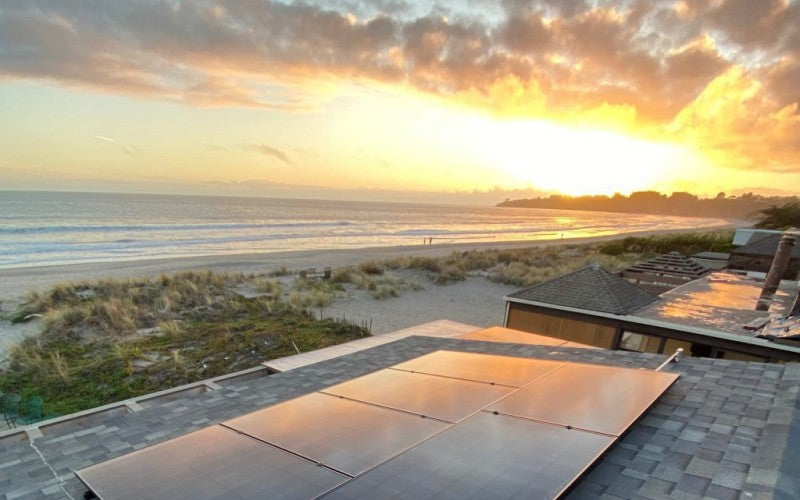
Welcome to the world of renewable energy! As solar power gains popularity, more and more people are considering harnessing the sun's energy to power their homes and reduce their carbon footprint. Among the innovative products available, solar batteries play a crucial role in making solar energy usage more efficient and reliable. In this article, we'll delve into an intriguing question that often arises when discussing solar batteries: Can a solar battery charge and discharge at the same time? Let's shed some light on this topic and explore the possibilities.
Understanding Solar Batteries
Before we delve into the complexities of simultaneous charging and discharging, let's briefly discuss what solar batteries are and how they work. A solar battery is an energy storage device that stores the excess electricity generated by solar panels during periods of abundant sunlight. Instead of sending this excess energy back to the grid, it can be stored in the battery for later use, typically during periods of low solar generation or at night when the sun is not shining.
Charging and Discharging: The Basics
At its core, a solar battery operates in two main states: charging and discharging. During charging, solar panels convert sunlight into electricity, which is then used to recharge the battery. When discharging, the stored energy in the battery is released, supplying power to your home or connected appliances.
Is Simultaneous Charging and Discharging Possible?
The short answer is both yes and no. Let's break down the scenario to understand the nuances better.
1. Grid-Tied Systems
In grid-tied solar systems, excess energy from solar panels is often sent back to the utility grid, earning the homeowner credits or compensation. In this setup, solar batteries are not directly involved in charging and discharging simultaneously since the battery is bypassed when there is sufficient sunlight to power the home. However, during periods of low solar generation, such as cloudy days or at night, the battery will discharge while the solar panels are not producing electricity, providing power to your home.
2. Hybrid Solar Systems
Hybrid solar systems are designed to work with both solar panels and solar batteries. In these setups, simultaneous charging and discharging are indeed possible. When solar panels produce more electricity than is currently needed, the excess power is used to charge the battery. At the same time, if the energy demand exceeds the solar generation, the battery discharges to provide additional power, thus ensuring a continuous power supply for your home.
The Role of Inverters
To facilitate simultaneous charging and discharging in hybrid systems, special inverters are used. These inverters are equipped with advanced technology that allows seamless integration of solar panels, batteries, and the grid. They manage the flow of electricity intelligently, ensuring that the solar battery can be charged while also supplying power to the connected devices.
The Benefits of Simultaneous Charging and Discharging
Now that we know it's possible in hybrid systems, let's explore the advantages of simultaneous charging and discharging:
1. Energy Independence: By having the ability to charge and discharge simultaneously, homeowners can significantly reduce their reliance on the grid, increasing energy independence and potentially cutting down on electricity bills.
2. Peak-Time Energy Management: Simultaneous charging and discharging allow for optimal energy management during peak and off-peak hours. Homeowners can use the stored energy in the battery during times when grid electricity rates are higher, saving money in the long run.
3. Uninterrupted Power Supply: During power outages or grid failures, hybrid systems equipped with solar batteries can continue providing power to essential appliances, ensuring uninterrupted electricity supply and added peace of mind.
4. Environmental Impact: Utilizing a solar battery to store excess energy reduces the need for conventional energy sources, thereby lowering carbon emissions and promoting a greener lifestyle.
Conclusion
In conclusion, while a solar battery may not charge and discharge simultaneously in grid-tied systems, hybrid solar systems equipped with the right technology can indeed achieve this feat. Simultaneous charging and discharging bring numerous benefits, including energy independence, efficient peak-time management, uninterrupted power supply, and a positive impact on the environment.
If you're considering purchasing solar energy-related products, a hybrid solar system with a capable solar battery might be the ideal choice for you. Embrace the power of the sun and take a step towards a sustainable and eco-friendly future with solar batteries!

0 comments